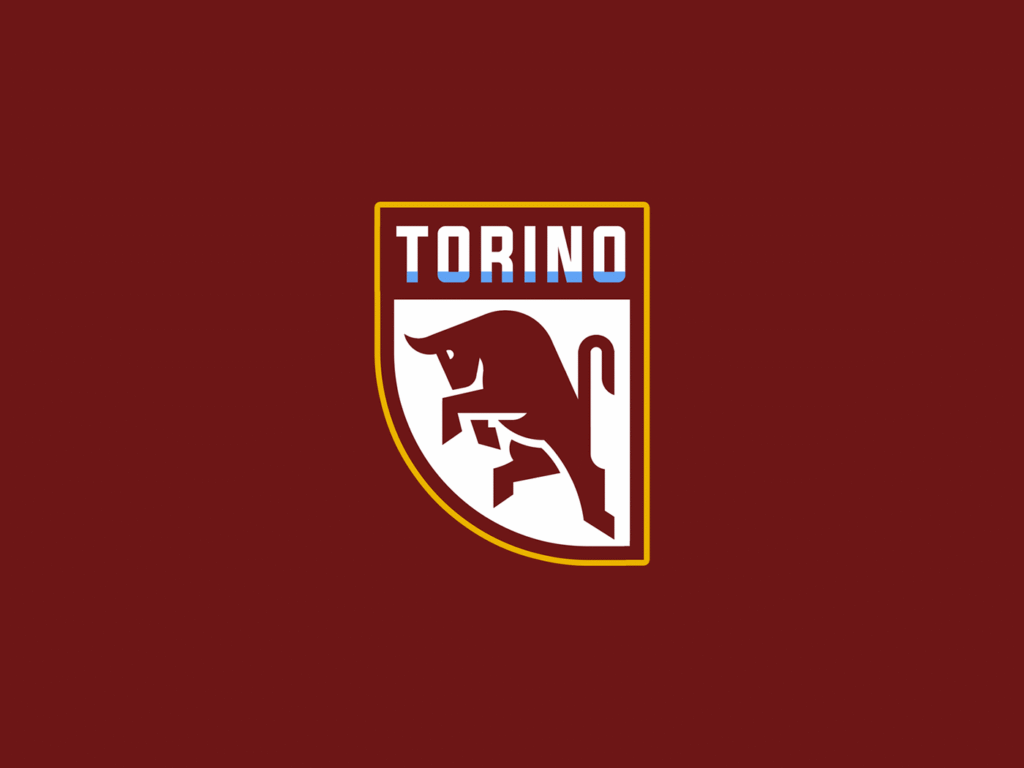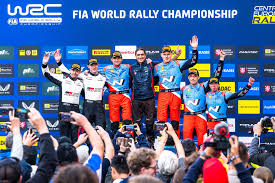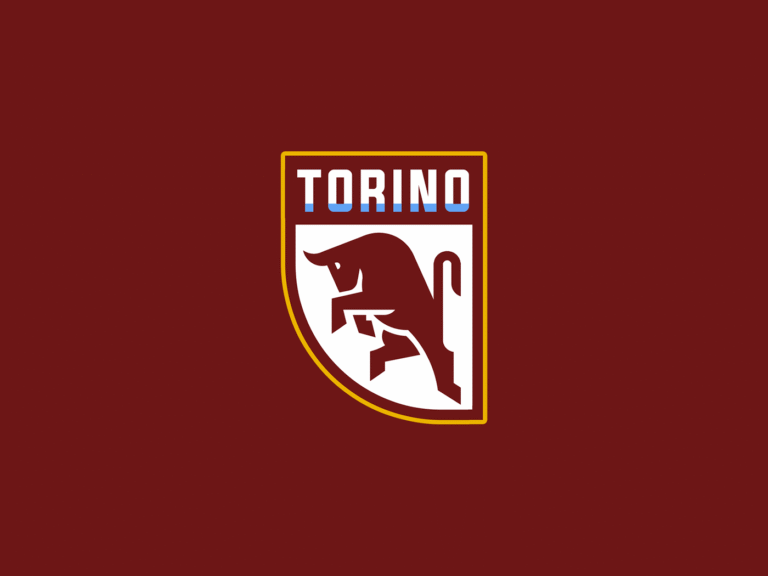
Torino
Torino, one of Italy’s most storied football clubs, boasts a rich history and a passionate fan base. Founded in 1906, Torino FC has etched its name into the annals of Italian football, marked by triumphs, tribulations, and an unwavering spirit that resonates deeply with its supporters. This comprehensive guide will delve into the intricate tapestry of Torino FC’s journey, illuminating its history, achievements, notable players, and future aspirations nổ hũ.
Introduction to Torino FC
Torino FC represents more than just a football club; it embodies the heart and soul of Turin, Italy. The club’s emblem, a fierce bull, symbolizes strength and determination, reflecting the gritty nature of its supporters and players alike. The passion surrounding Torino is palpable, as fans gather under the banner of their beloved team at the Stadio Olimpico Grande Torino, creating an electric atmosphere on match days.
As we explore the multifaceted world of Torino, we will navigate through its illustrious past, significant achievements, die-hard fan culture, and the club’s vibrant stadium life. Each aspect contributes to a narrative steeped in tradition and pride, making Torino a pillar of Italian football history.
History and Development
The inception of Torino FC traces back to the early 20th century, a time when football was burgeoning in Italy. Founded by a group of dissidents from another club, Internazionale Torino, the club quickly established itself as a formidable force in regional competitions.
The early years were marked by resilience, as the team slowly climbed the ranks of Italian football. Key milestones included the club’s first league title in 1927, which set the stage for a golden era. Throughout the 1930s, Torino began to dominate Italian football, showcasing a blend of tactical acumen and individual brilliance.
Origins of Torino FC
The roots of Torino can be traced to a split within the local club, Internazionale Torino. In 1906, a group of players, led by the visionary Alfredo Dick, decided to break away and form a new entity, giving birth to Torino FC. The club’s colors, maroon and white, were chosen to represent the city’s identity and pride.
In its formative years, Torino struggled to establish itself among Italy’s elite teams. It wasn’t until the 1920s that the club began to gain traction, thanks to strategic investments in talented players and a commitment to building a sustainable club structure. By the end of the decade, Torino had made a name for itself, laying the groundwork for future success.
Rise to Prominence
The 1930s heralded a golden age for Torino, characterized by unparalleled success both domestically and regionally. Under the guidance of legendary coach Vittorio Pozzo, the team captured multiple Serie A titles, becoming a dominant force in Italian football. Notably, the 1942-43 season saw the club achieve an astonishing unbeaten record.
This period also witnessed the emergence of iconic players such as Giuseppe Meazza and Valentino Mazzola, who not only contributed to Torino‘s success but also enriched the overall landscape of Italian football. As the club solidified its position at the pinnacle of Italian football, it became synonymous with excellence and perseverance.
Post-War Challenges
The post-war period brought about significant challenges for Torino FC, particularly the tragic Superga air disaster in 1949. The incident claimed the lives of numerous players, including the legendary “Il Grande Torino” team, which had dominated Italian football prior to the tragedy. This event left an indelible mark on the club and its fans, serving as a poignant reminder of the fragility of sporting success.



